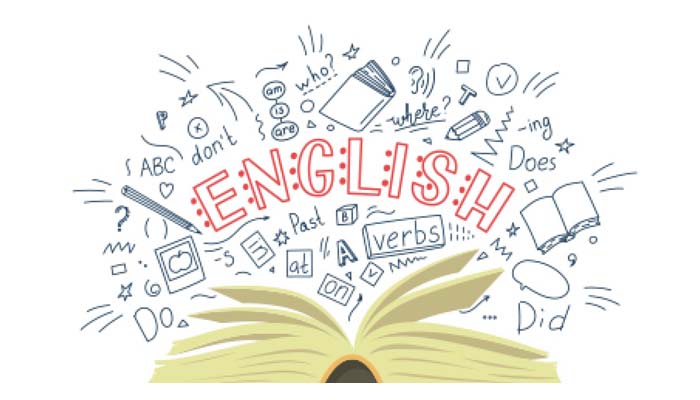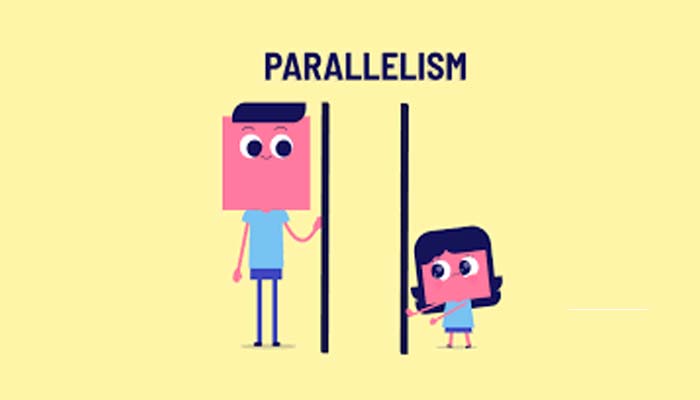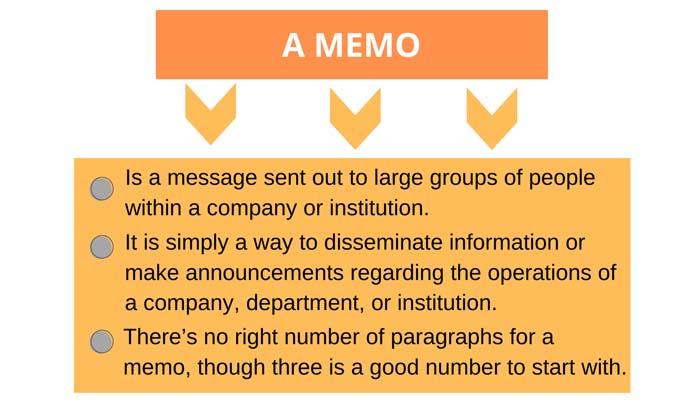
The purpose of language discovery There may be a number of different goals, but they all share a common, everyday trait: language use. What kind of language use is seen in the classroom? The best way to learn a foreign language is through communicative games inside the classroom, according to language education advancements since the 1970s, which emphasize that language is primarily employed for communication.
If communication is the goal, then it must be the most important aspect of the process, as All wright puts it. Grammatical, sociolinguistic, and strategic competence are all parts of communicative competence, which is the standard goal in ELT. These skills enable first-year students to handle the most commonplace situations they are likely to encounter.
Benefits of using Literature in Language Teaching
Therefore, games used in communicative language classrooms include tasks including assessing picture units, giving directions, finishing a map, resolving issues, having conversations, acting out roles, and more. Maps, letters, recipes, newspaper articles, advertisements, postcards, brochures, and other real-world materials have been used as teaching tools in classrooms due to the tendency to apply real-world materials; however, this has left students with “only a competence restricted to the referential characteristic of language and rarely any capacity to deal with the expressive characteristic.”
Freshmen must be given meaningful content that will pique their attention, inspire their creativity, and give them something important to talk about if they are to be encouraged to participate in a dialogue inside the classroom. According to Widdowson (1983: 33), “It’s no longer easy to see how students at any level might get curious about and subsequently influenced through means of a discourse about purchasing stamps at a post office.” There is no mystery, no plot, and no characters; everything just happens as if there were.
Benefits of using Literature in Language Teaching
Foreign language classrooms can benefit from using literature, which can also appeal to students with different learning preferences.
Literary texts can aid students in honing their four language skills—speaking, listening, reading, and writing—and are dependable sources of linguistic information. We have shown in this study the advantages of employing literature when teaching foreign languages.
Students’ understanding of different cultures and societies can be improved with the aid of literature. Additionally, literary works can take into account real-world experiences like love and violence. Literature does, in fact, use representation rather than reference.
The representational language of literature takes the students into account and incorporates their feelings and impressions of the real world, in contrast to referential language, which typically communicates at only one level and is informational. Students can use literary works to improve their emotions and use their creativity.
9 key Benefits of using Literature in Language Teaching
According to the Oxford Advanced Learner’s Dictionary from 2005, literature is described as works of writing that are regarded as works of art, particularly novels, short stories, plays, and poetry.
- Improve your vocabulary.
- Develop a broader perspective.
- Discover a new favorite genre.
- Get inspiration from amazing places.
- Referential versus representational materials.
- Creativity as an omnipresent phenomenon.
- Authenticity and motivation.
- Active involvement of learners.
- Extensive reading.






























